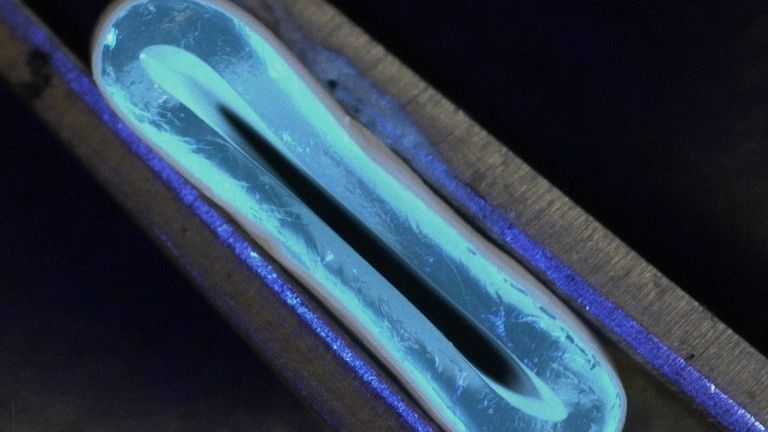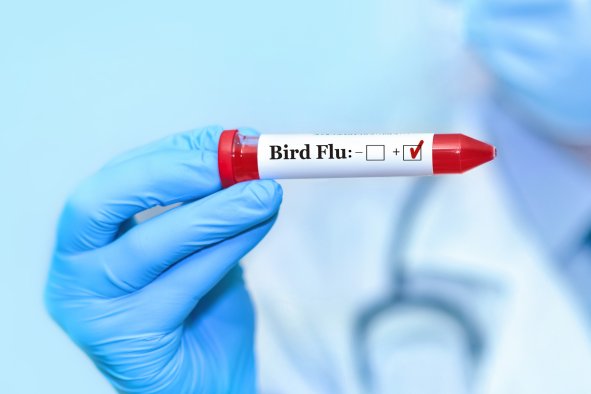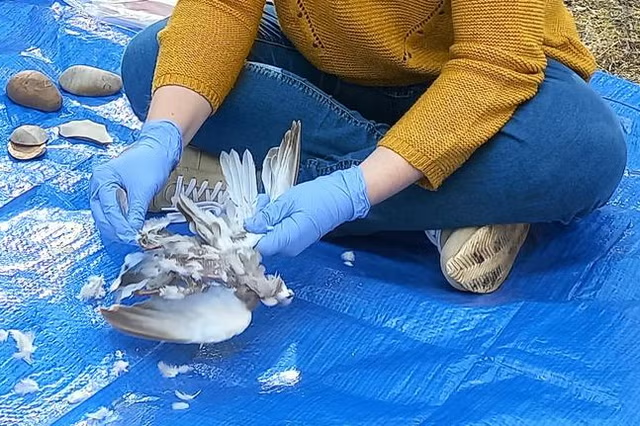A U.S. Drought Monitor map reveals the extent of drought's grip on the country as millions of people swelter from a major heatwave.
Huge swathes of California, Nevada, and the Northern Plains are being roasted by extreme and "dangerous" temperatures with Heat Advisories, Excessive Heat Warnings, and Red Flag Warning for wildfires being issued by the National Weather Service (NWS).
The worst hit areas include towns surrounding Phoenix, Las Vegas, Lake Mead, and central and southern California, where temperatures are expected to soar above 110 degrees Fahrenheit.
More From Newsweek Vault: Plan Ahead and Start Growing Your Emergency Fund Today
This comes as the Drought Monitor map reveals that—as of July 16—17.41 percent of the whole U.S. (20.55 percent of the continental U.S.) was in some degree of drought, which is an increase of 27.7 percent from the same time last month, and a 5.9 percent increase since the past week.
More From Newsweek Vault: How to Build an Emergency Fund
The map shows that 56.61 of the country is drought-free, 25.99 percent is "Abnormally Dry", 11.72 percent is in "Moderate Drought", 4.35 percent is in "Severe Drought", 1.32 percent is in "Extreme Drought", and 0.01 percent is suffering from "Exceptional Drought".
The areas with the worst drought conditions include southwestern Texas, southern New Mexico, western Montana, northern Virginia, northern Alabama, and the Carolina border.
In total, 31 states are facing some form of drought, affecting about 58.7 million people across the country, a 31.9 percent increase since last month.
California, Arizona and Nevada are surprisingly classed as drought-free, considering the heatwave affecting these regions.
In an Excessive Heat Warning issued for "portions of southwest Arizona and southeast and southern California," the NWS warns of "dangerously hot conditions," and "afternoon temperatures 107 to 117 with heat indices up to 124 degrees" over the next few days.
Central California is forecast to see "high temperatures up to 111," while the Colorado River Valley and areas around Lake Mead, Lake Mohave, and Lake Havasu are expected to reach temperatures between 112 and 118, with "dangerously hot conditions expected."
Las Vegas Valley is forecast to hit 110 to 114, Los Angeles is forecast to see 95 to 110, and San Diego may experience "daytime high temperatures of 112 to 119," the NWS said. Temperatures between 100 and 110 are expected across much of the Great Plains, with an Excessive Heat Warning in northeastern Montana and Heat Advisories in parts of North and South Dakota, Wyoming, and Idaho.
"Overexposure can cause heat cramps and heat exhaustion to develop and, without intervention, can lead to heat stroke," the NWS warned. "Do not leave young children and pets in unattended vehicles. Car interiors will reach lethal temperatures in a matter of minutes."
"Take extra precautions if you work or spend time outside. When possible, reschedule strenuous activities to early morning or evening. Know the signs and symptoms of heat exhaustion and heatstroke. Wear lightweight and loose-fitting clothing when possible and drink plenty of water."
Do you have a tip on a science story that Newsweek should be covering? Do you have a question about drought? Let us know via science@newsweek.com.
Disclaimer: The copyright of this article belongs to the original author. Reposting this article is solely for the purpose of information dissemination and does not constitute any investment advice. If there is any infringement, please contact us immediately. We will make corrections or deletions as necessary. Thank you.



